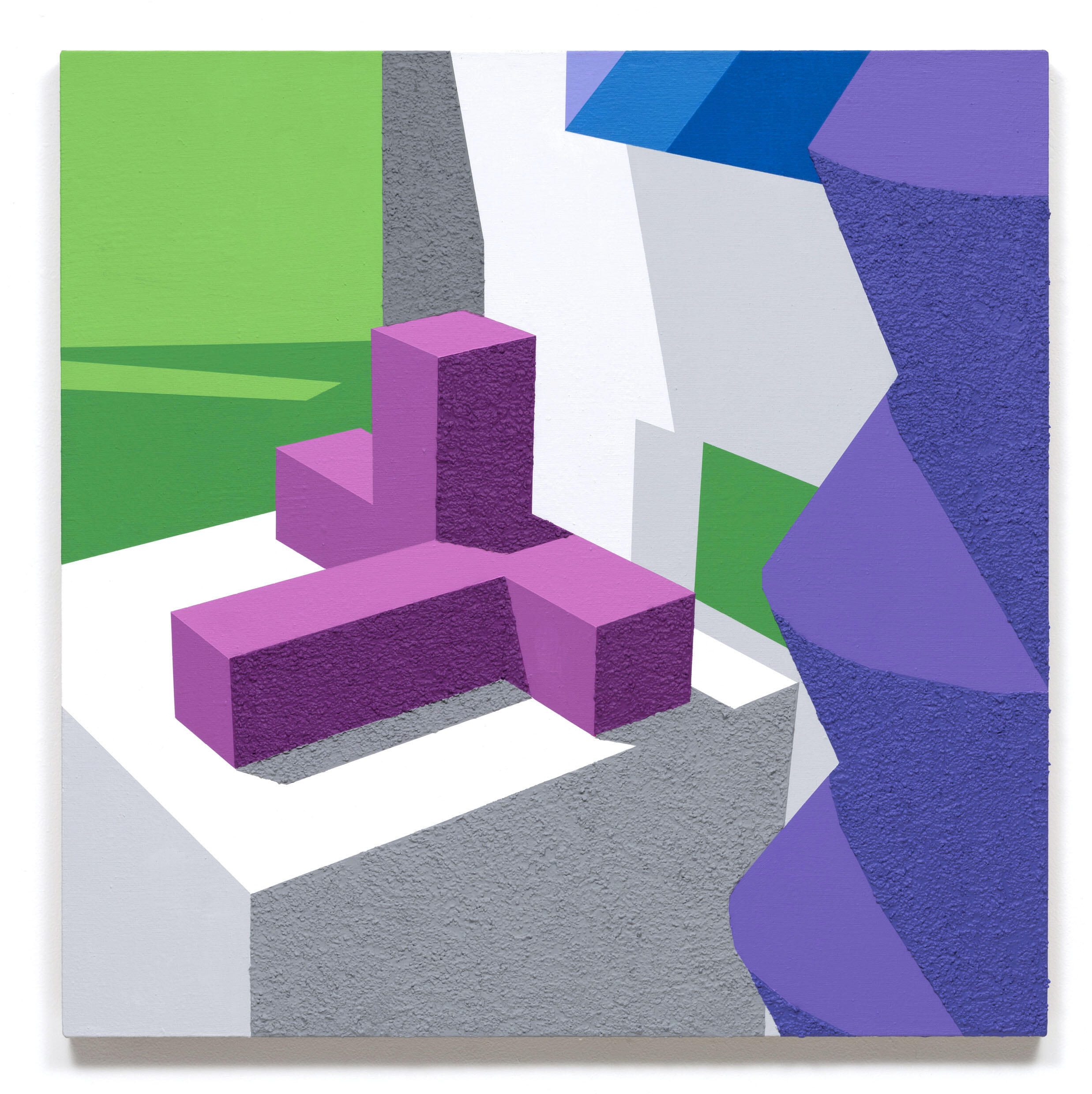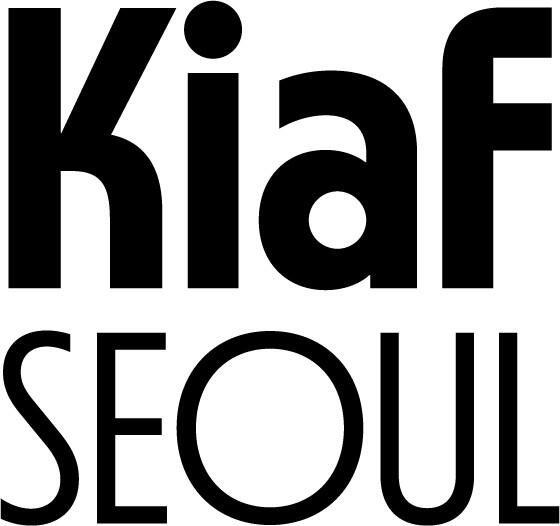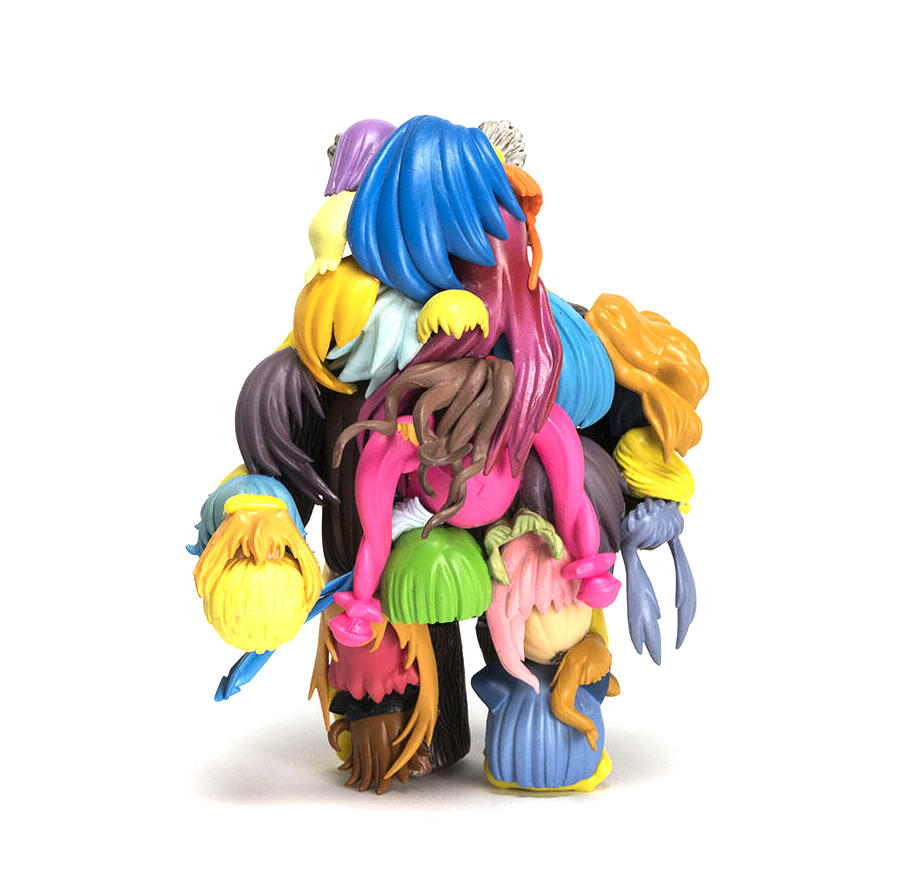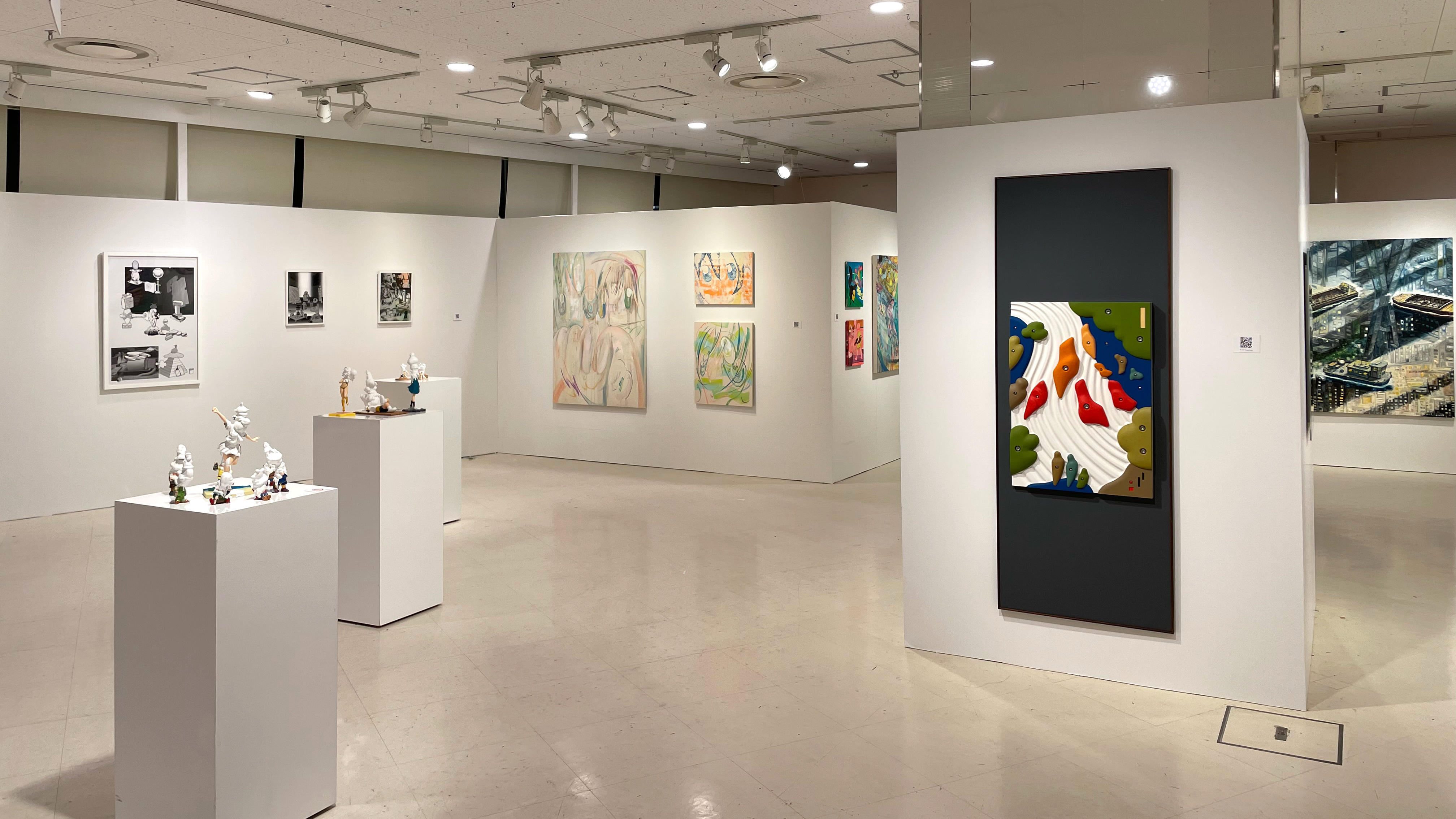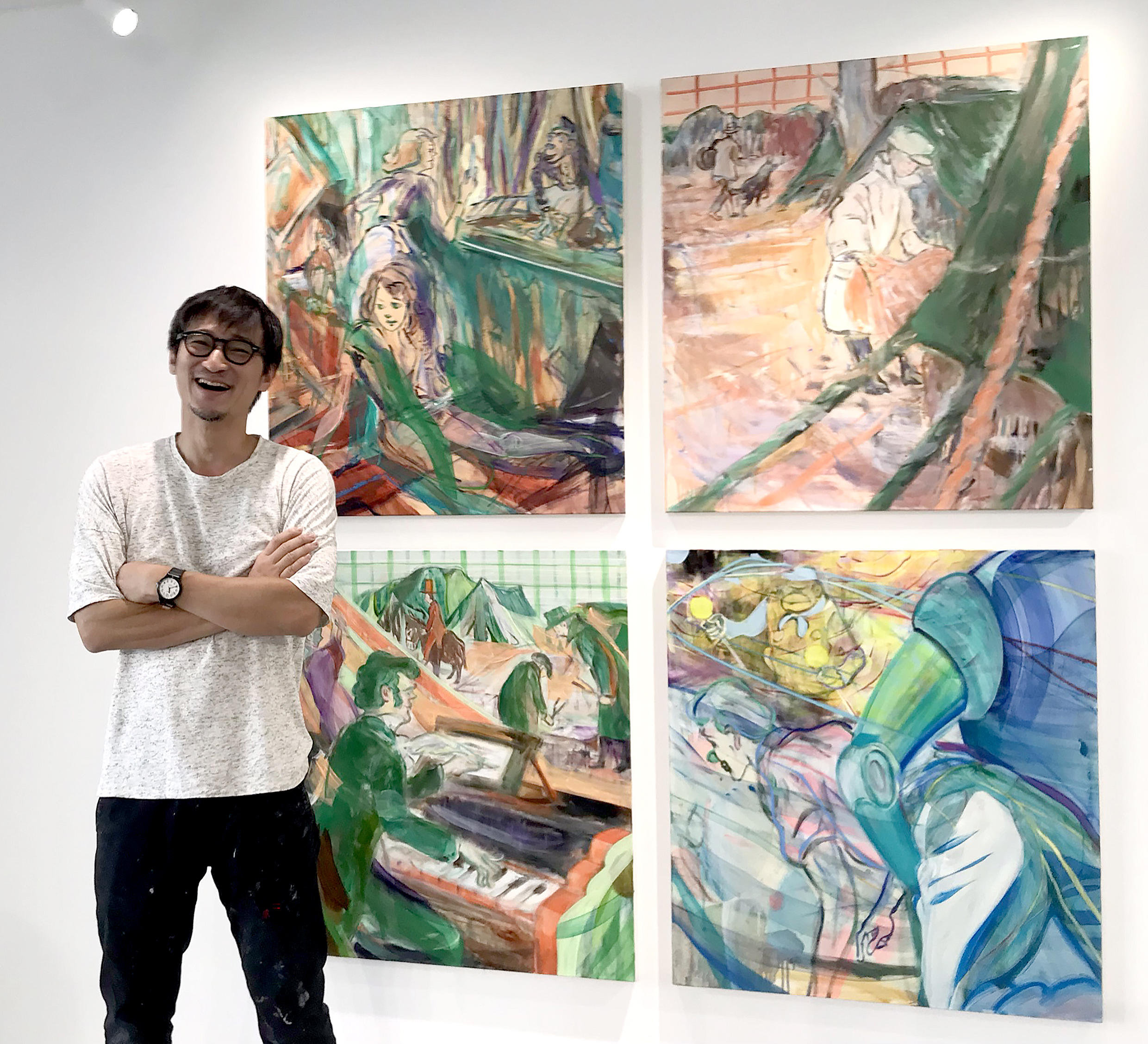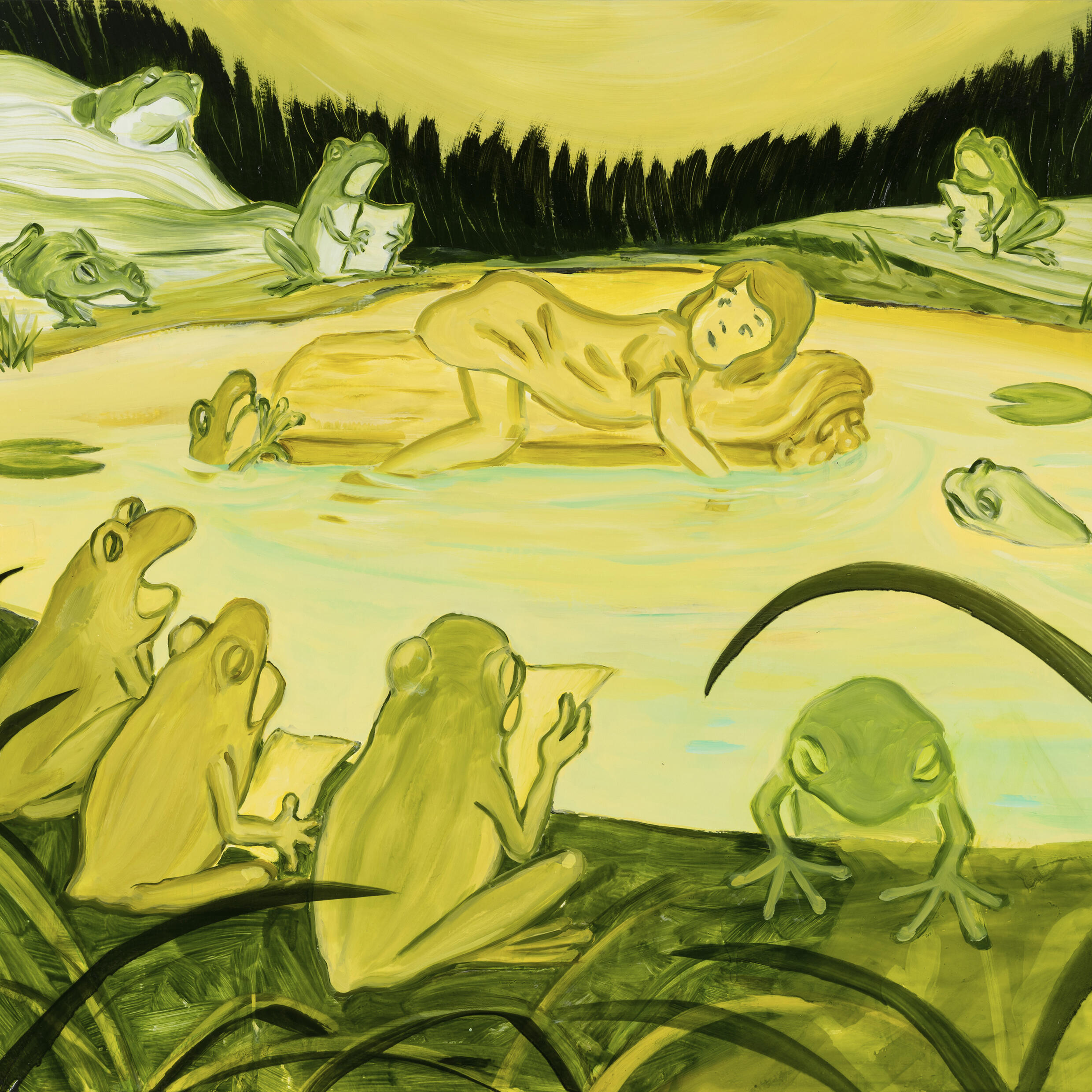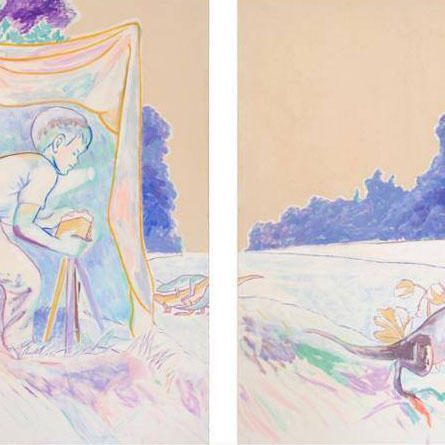Exhibition
Keiji Ishida Solo Exhibition "Short stories Frog song"
July 28(Fri)- August 20(Sun), 2023
(※Pour une critique de la langue française, cliquez ici.)
| Date | July 28(Fri)- August 20(Sun), 2023 |
|---|---|
| Hours | Wed. - Fri. 12:00 - 19:00 / Sat. and Sun. 11:00 - 17:00 |
| Closed | Monday, Tuesday and Summer holidays (August 11~15) |
| Opening & Artist's talk | July 29 (Sat) 14:00-16:00 |
| artist at the gallery | July 28 (Fri.), 29 (Sat.), 30 (Sun.) 11:00-17:00 |
The appeal of Ishida's paintings lies in the bold brushstrokes of his energetic abstract paintings and the unpredictable narrative created by the characters extracted from existing illustrations such as picture books, illustrated books, and manga. The viewer follows the situations of the characters as if solving a mystery. The viewer is confronted with a sudden situation created by combining illustrations of different stories, and cannot help but think about the narrative, but when he or she looks at the surroundings, he or she is immediately thrown off the screen by the flowing brushstrokes and the colors applied without regard to the shape of the objects, and never arrives at the existing story that he or she knows. The viewer never arrives at the existing story that he or she knows. This instability brings the viewer back to the image of the character, and to the never-ending story.
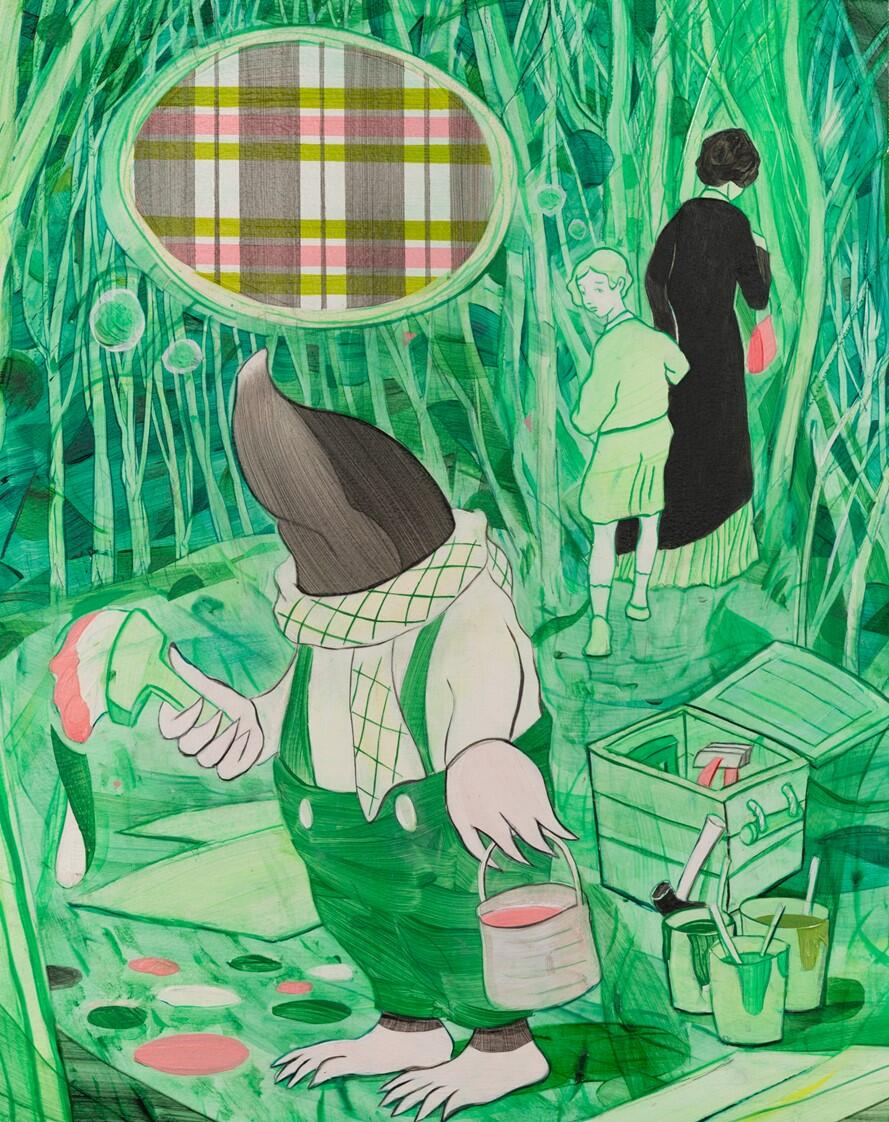
《Mole as painter》 2023 oil on canvas 700x550mm
Ishida commented on the exhibition as follows
In the process of drawing, I shuffle fragments of different stories to create a false story. I refer to many old picture books from overseas, so they are from different countries and at different times. When I find a character or a situation that I am drawn to in a picture book, I dive into my own imagination and gather them into a single scene.
For me, painting is the process of translating the drawings created in the above process into paintings through the use of paint. The painting is transformed from time to time by the addition of elements that are not present in the original drawing, such as physical movement and the time it takes for the paint to harden. Confronting the newly added elements, such as the brushstrokes made by the paint, the artist either performs an action that adds depth to the drawing, or tries to free himself from the original drawing. I hope that this exhibition will be an ongoing story that will make the viewer feel as if the experience is "happening right in front of their eyes," as if it were an everyday event, when they are confronted with a screen created through this act.
Keiji Ishida
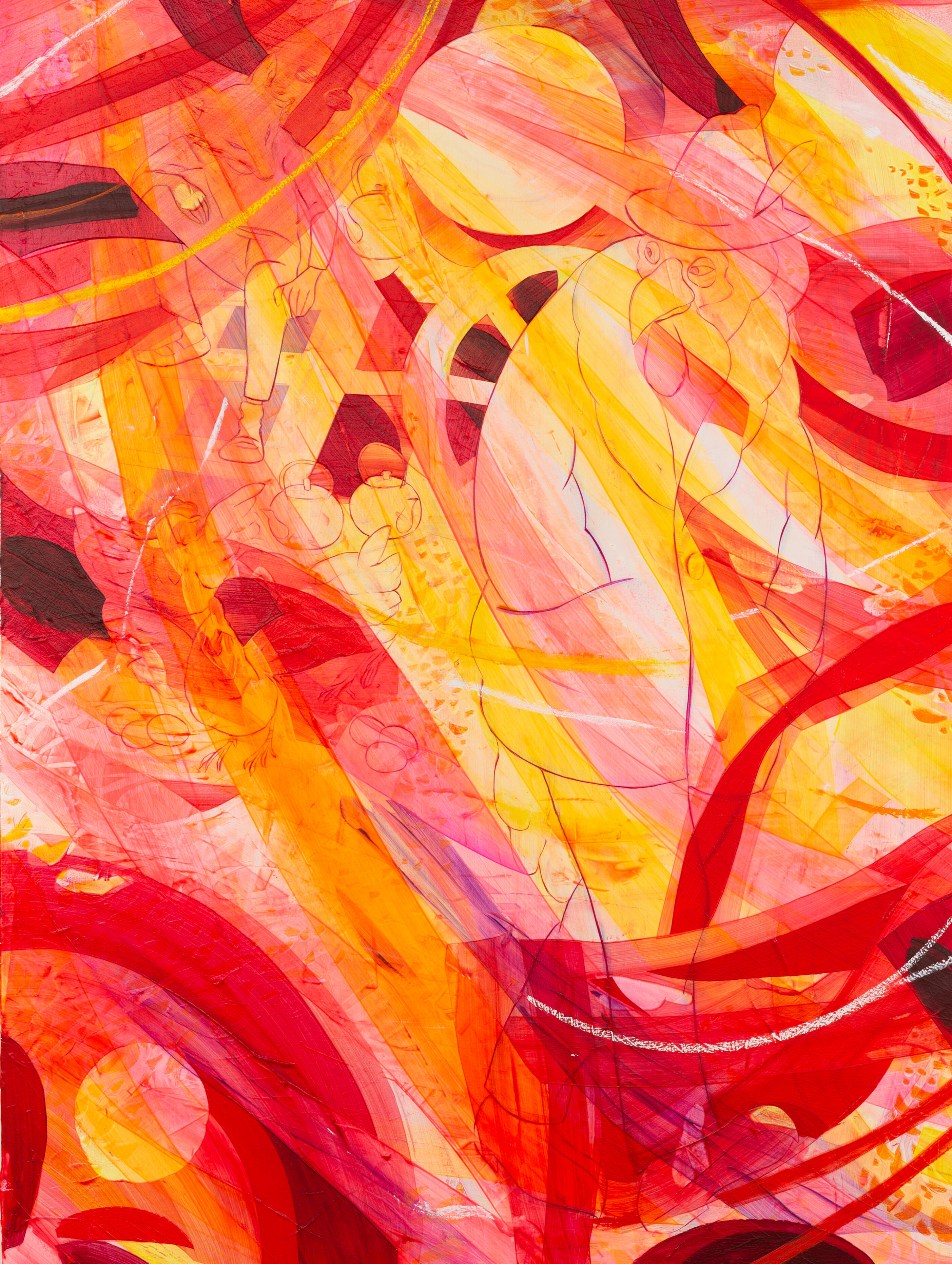
《Oscillation》2023 oil and oil stick on canvas 1600x 1200
Montage of Images
Clélia Zernik [Art critic and a professor of philosophy at The École Nationale Supérieure des Beaux-Arts Paris]
At first glance, Keiji Ishida's paintings resemble images from children's books in the West, Aesop's fables or Andersen's fairy tales. And yet there can be detected a curious strangeness about them that is somewhat reminiscent of a form of magical realism, where everyday life is mixed with a slide into the world of strange. There is no moral of the story nor chitchat here, just the unexpected meeting of characters from different worlds creates a calm strangeness, where meaning and language are suspended. This suspension of the world and of its discourse can be achieved through triple relationships with « montage » as follows.
Firstly, montage is understood in the sense of a collage: Ishida collects different elements from a variety of sources - comic books, children's books, or Western encyclopedias - and seeks to combine these elements within an image that can hold together, coagulating these different elements into a whole that is both evident and ambivalent. Whether experimental or cinematographic, montage always seeks to create a shock in the association of elements. Walter Benjamin, elaborating Eisenstein's analysis of the "montage of attractions", was one of the first theorists to emphasize that the visual shock of montage forces the viewer to react, whether on the political scheme or simply on emotional one. In fact, such montage of images creates ambiguities and dissonances that are like the melody emerging from Ishida's art.
Secondly, there is montage in the sense of putting together, just like making up mayonnaise out of different ingredients. In fact, once the various heterogeneous elements are collaged, they have to take hold and change consistency so that the “multiple” is transformed into “other” and “one” at the same time. This is how the limited choice of colors (the yellow and green tones for example) both unifies and balances the image, which then finds itself suspended between two possibilities: undecipherable whether it is day or night, sleep or wake. But it hangs, suspended in mid-air, like white eggs that defy gravity when they are beaten.
Finally, montage occurs precisely in this elevation of the image toward us. Montage is a kind of scaffolding which takes the image out of the painted picture and holds it in an intermediate space between the canvas and the viewer. Like a suspension bridge, the painting links various worlds, the world of comic books and of yokai, the world of yesterday and of today, the world of the painter mole emerging from his burrow and our own world - with the grace of a tightrope walker.
Montage d’image.
Clélia Zernik [critique d'art et professeur à l'Ecole Nationale Supérieure des Beaux-Arts Paris]
Les peintures de Keiji Ishida s’apparentent au premier abord à des images de livres d’enfants occidentaux, fables d’Esope ou contes d’Anderson. Et pourtant s’y détecte une curieuse bizarrerie qui n’est pas sans faire penser à une forme de réalisme magique, où se mêle vie quotidienne et glissement vers l’étrange. Là, pas de morale de l’histoire ou de bavardage, simplement une étrangeté silencieuse et calme, comme si se trouvaient suspendus, dans la rencontre inattendue de personnages, le sens et le langage. Cette mise en suspens du monde et du discours s’opère dans un triple rapport au montage.
Premièrement, le montage se comprend au sens d’un collage : Ishida choisit différents éléments tirés de sources variées – comics, livres pour enfants, encyclopédies occidentales, et cherche à associer ces éléments au sein d’une image qui pourra tenir, faire coaguler ces différents éléments dans un tout à la fois évident et inquiétant. Qu’il soit expérimental ou cinématographique, le montage cherche toujours à faire advenir un choc dans l’association des éléments. Walter Benjamin, en élargissant les analyses de Eisenstein sur le « montage des attractions », fut l’un des premiers théoriciens à souligner que le choc visuel du montage obligeait le spectateur à réagir, que ce soit sur le plan politique ou simplement sur le plan émotionnel. En effet, le montage d’image crée ambiguités et dissonances qui sont comme la petite musique qui ressort de l’art d’Ishida.
Deuxièmement, il y a montage au sens où l’on dit que l’on monte une mayonnaise. En effet, suite au collage des différents éléments hétérogènes, il faut que cela prenne, que cela change de consistance et que le multiple devienne à la fois autre et un. C’est ainsi que le choix restreint des couleurs vient à la fois unifier et mettre en équilibre l’image, qui se trouve alors suspendue entre deux possibilités : les tons jaunes et vert rendent indécidables le jour ou la nuit, le rêve ou la veille. Mais cela tient, en suspens, en l’air, comme les œufs en neige, qui défient la gravité quand ils ont été montés.
Enfin, il y a montage précisément dans cette élévation de l’image jusqu’à nous. Le montage est alors une sorte d’échafaudage qui sort l’image du tableau peint et la maintient dans un espace intermédiaire entre la toile et le spectateur. A la manière d’un pont suspendu, le tableau relie les mondes, celui des comics et celui des yokai, celui d’hier et d’aujourd’hui, celui de la taupe peintre qui sort de son terrier et le nôtre - avec la grâce d’un funambule.
Artists
Related News
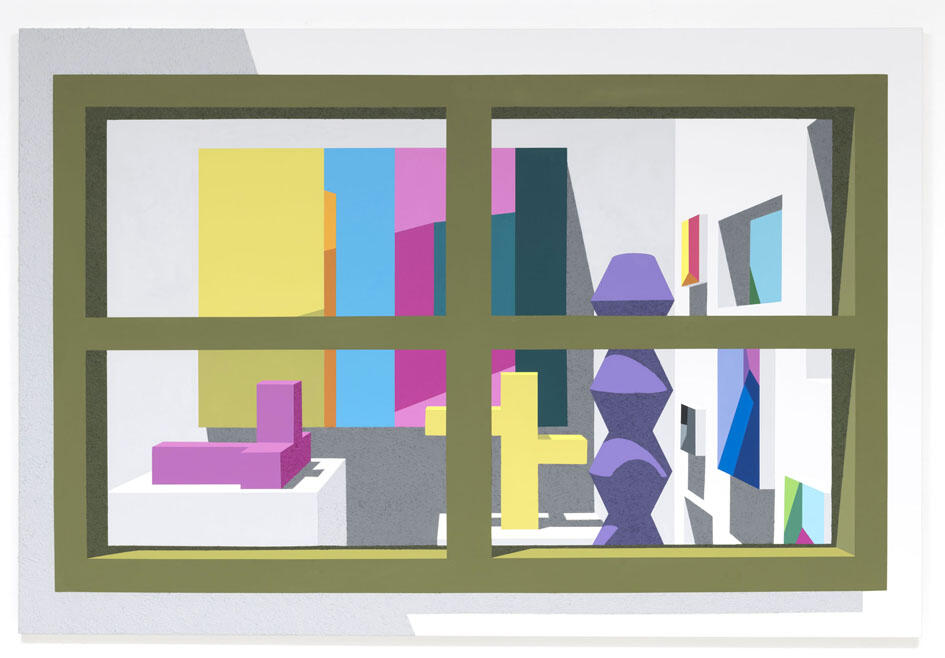
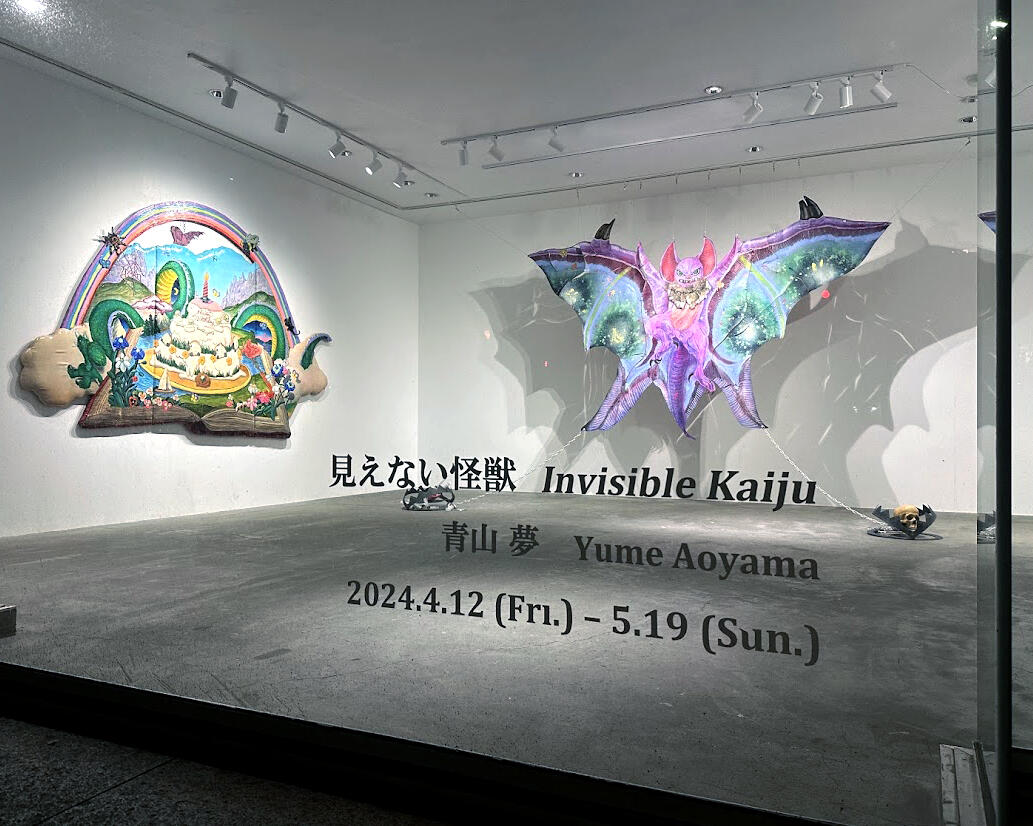
![[ART FAIR] Kiaf SEOUL 2023 / 키아프 서울 2023](https://artfrontgallery.com/whatsnew/assets_c/2023/09/kiaf-thumb-652x652-11457.jpg)
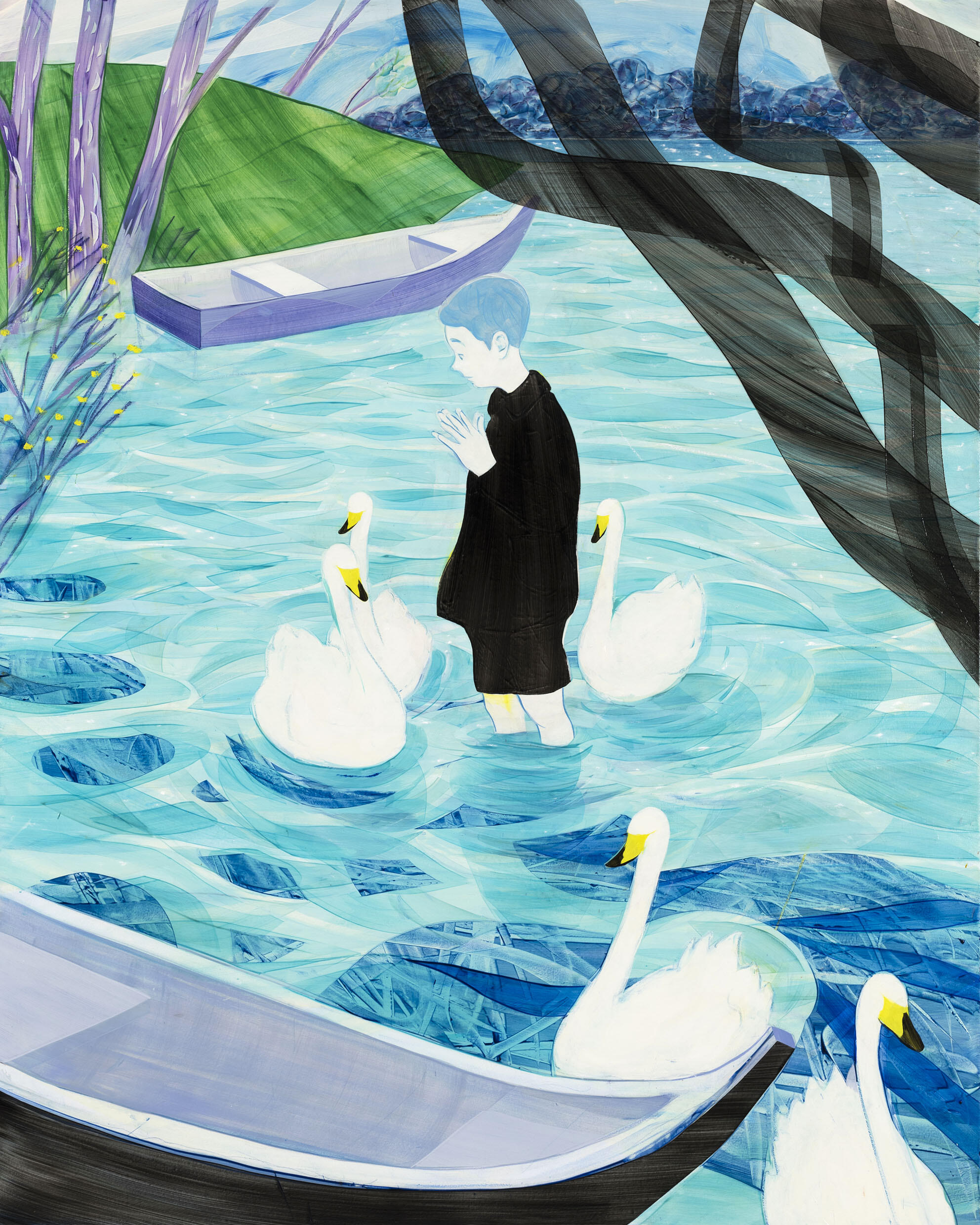
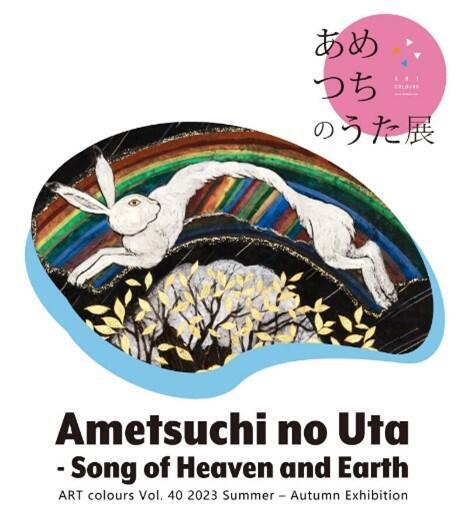


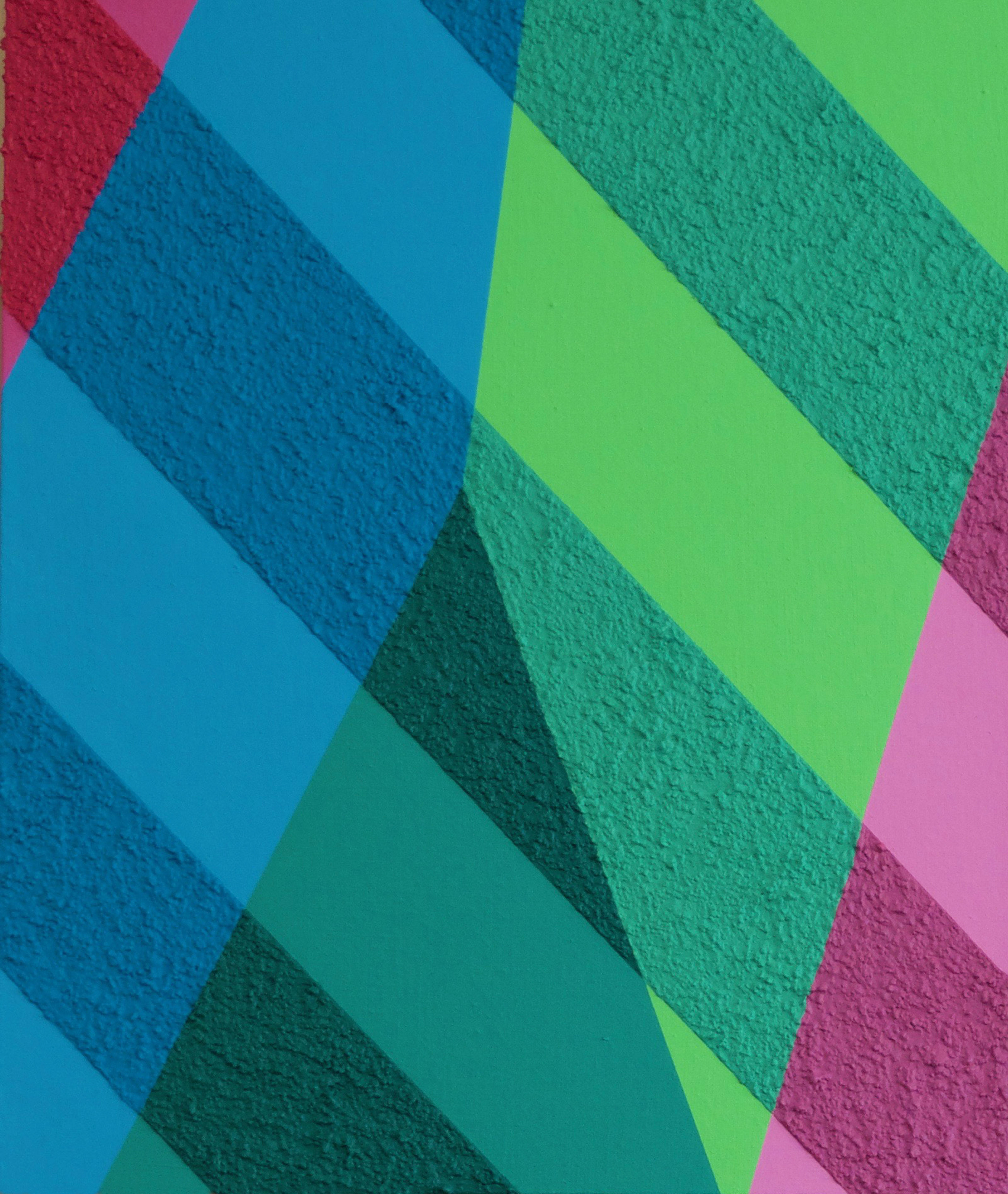
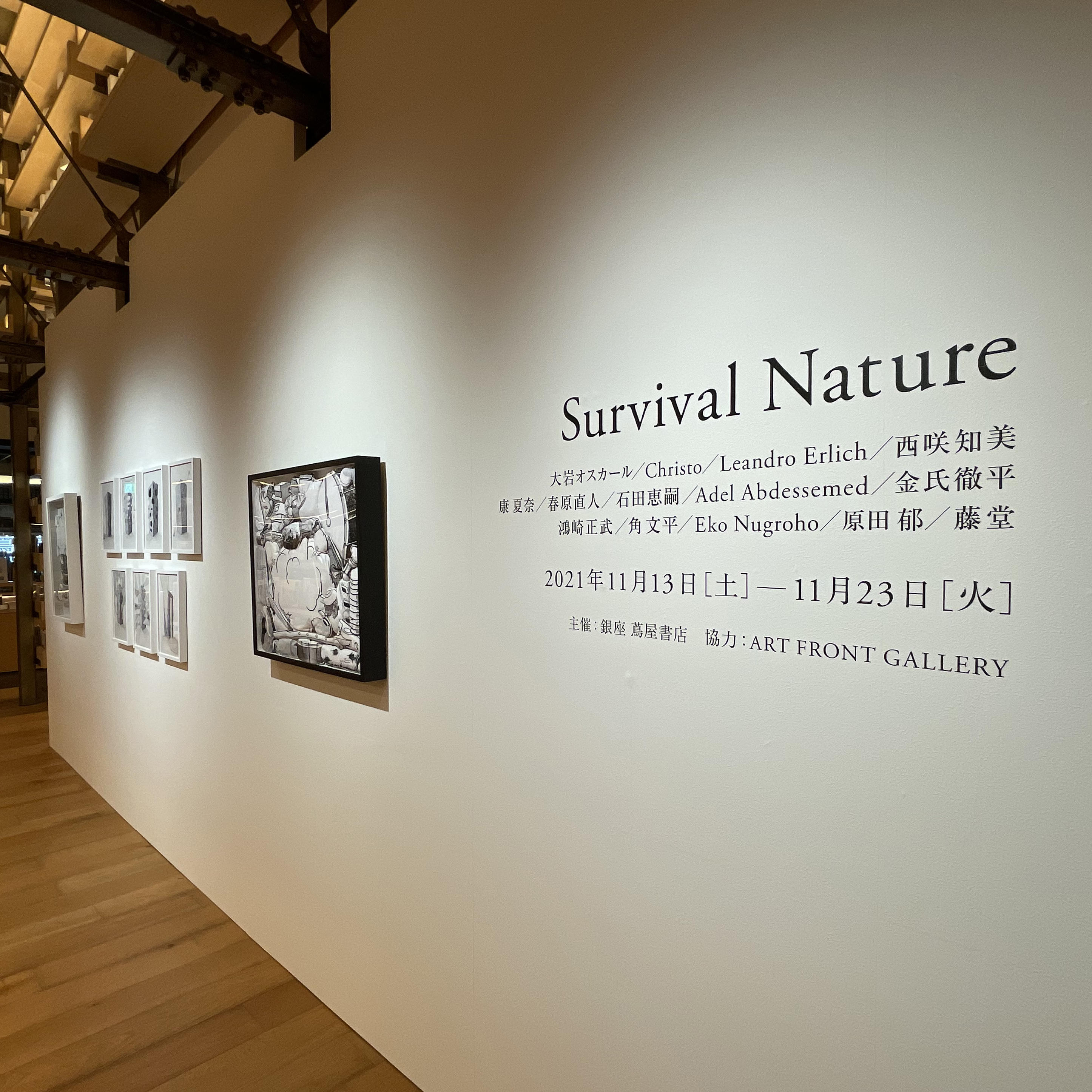

![[Interview] Keiji Ishida: notion of body, time and memory](https://artfrontgallery.com/whatsnew/assets_c/2021/10/265f5467bfe818832e5306a7a20bd43b5d734424-thumb-2480x2255-9213.jpg)
Realated Project

